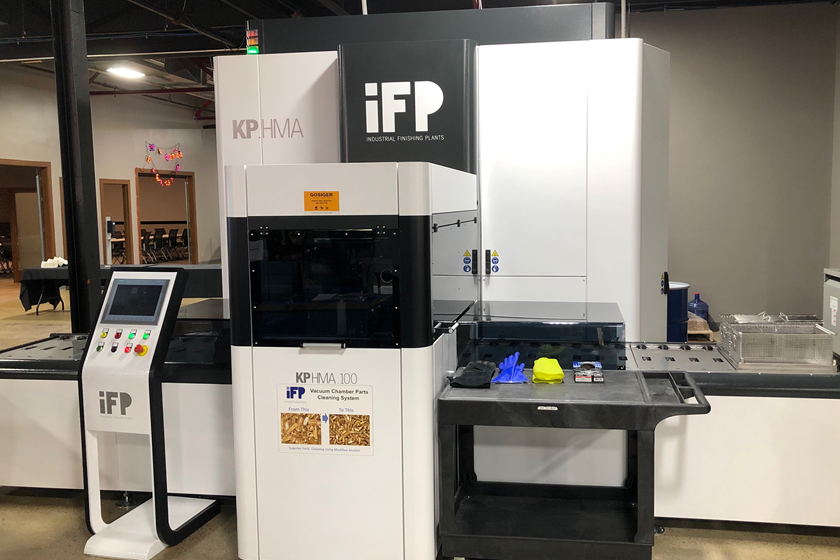Corrosion Protection on Steel
What is the best zinc phosphate process for protecting steel?
Q. Currently we use a galvanized sheet and form it for our fence products using the ERW welding process (high frequency). We then do a multi-step zinc phosphate conversion coating before we polyester powder coat. Some of our smaller parts made of carbon steel can be phosphated and powder coated, but I was wondering if I zinc electroplated the parts, then zinc phosphate conversion coated the zinc and then powder coated, wouldn’t this be superior to just the zinc phosphate and powder coating? J.B.
A. I think that your basic assumption is correct and it will be better if you add the zinc plating step. However, zinc plating and galvanizing are not the same process. My concern is that any new coating step can cause issues with inner-coat reactions and adhesion. Zinc plating has caused some out-gassing and adhesion problems for coaters. The zinc phosphate should help limit the risk, but I would test a few parts to make certain you do not create a new problem.
RELATED CONTENT
-
Proper Testing of a Powder Coat Finish
Manufacturer shows how it performs extensive tests on powder coated medical carts.
-
Preparation of Stainless Steel for Powder Coating
Should type 316 stainless steel castings be sandblasted before powder coating, or can they be chemically etched? Should the parts be pre-heated in an oven before coating?
-
Masking for Surface Finishing
Masking is employed in most any metal finishing operation where only a specifically defined area of the surface of a part must be exposed to a process. Conversely, masking may be employed on a surface where treatment is either not required or must be avoided. This article covers the many aspects of masking for metal finishing, including applications, methods and the various types of masking employed.
















